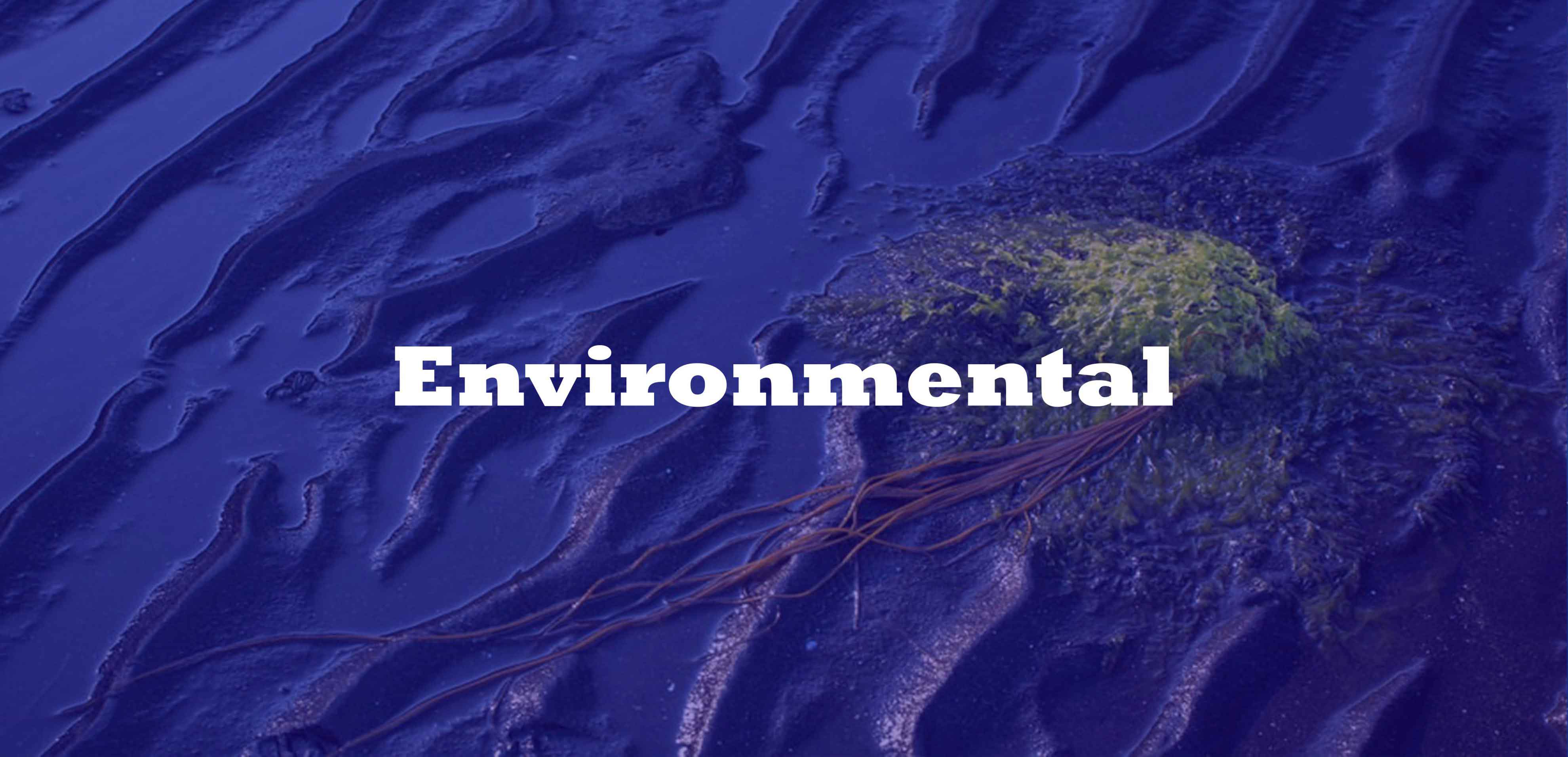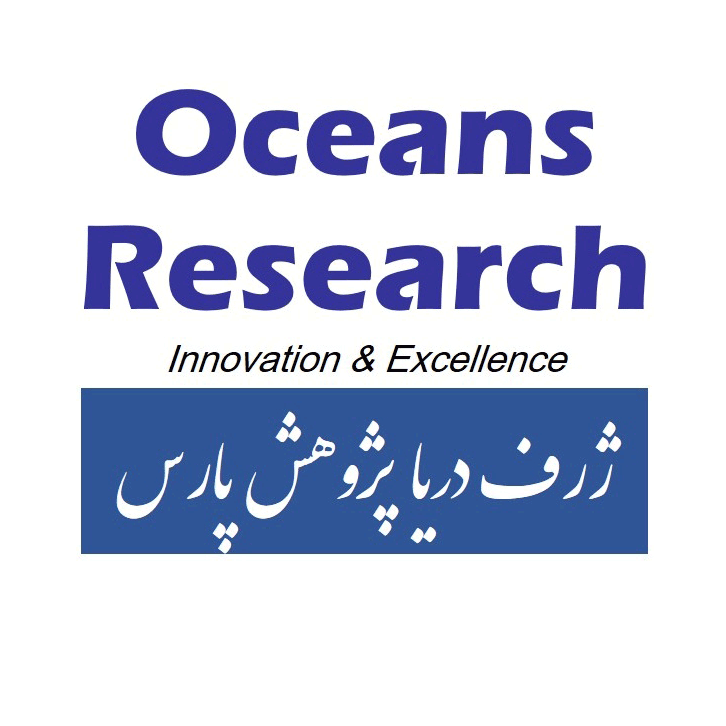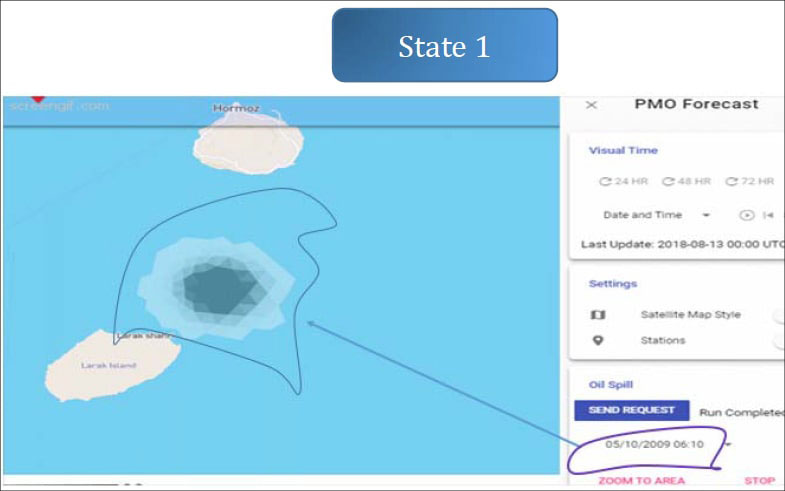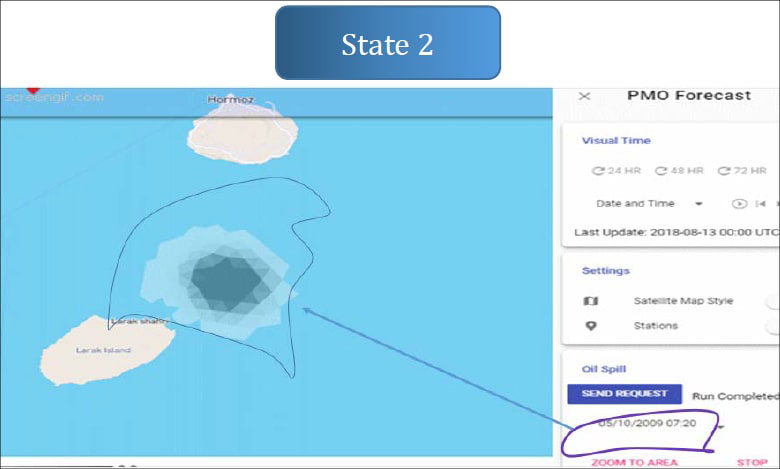
Oil slick spill simulation system
In terms of having a wide variety and abundance of fish and marine life as well as the concentration of reserves and oil fields in the world, the environment of the national water areas, particularly the Persian Gulf, which is thought to be one of the richest seas in the world, is of particular importance. Oil facilities have a significant negative impact on the marine environment and coastal regions. Additionally, regular maritime traffic as well as commercial and industrial fleets are thought to have an impact on the ecology of marine water resources. Oil pollution is a typical kind of water contamination in the nation. Petroleum hydrocarbons injected into the water migrate over its surface as a result of wind and ocean currents. There are no regional restrictions on the investigation and monitoring of maritime contamination. Anywhere on the earth can get harmful contaminants through currents. By carefully planning and implementing an “oil pollution detection system” to address the problem of dealing with oil slicks in the Persian Gulf under the regulations governing the national water areas, Oceans Research Co. has made significant progress toward fostering and ensuring the health and sustainability of the nation’s future development plans. It is possible to control oil spill collection activities that will occur in the future by using the predictions made by this system, ensuring that the operations are carried out as safely and efficiently as possible.
This system operation is as follows:
- Determining the spill area after receiving an oil spill warning
- Collecting and estimating the uncertainty data
- Using the model to determine the scattering area
Search and rescue system for buoyant and surface-piercing objects (SAR)
When a maritime disaster occurs, it is crucial to respond swiftly and choose the best location for marine patrols to locate the vessel or the event’s participants. The easiest technique to determine the destiny of wandering particles in the water zone at any moment is to employ a numerical simulation of the flow with an adequate scale since a particle’s path of travel directly depends on the course of currents in the target region.
Deep Ocean Pars Research Co. has made a significant advancement in the marine field by creating and implementing a “search and rescue system for floating and semi-submerged objects (SAR)” to aid those hurt in maritime mishaps. This was made possible by meticulous planning and the use of subject-matter experts. This system operates as follows:
- Determining the search and rescue area after receiving the incident notification leading to drowning in the sea, collecting and estimating uncertainty data, etc.
- Using the model to determine the search area
- Repeating the above-mentioned process until success in search and rescue operations



